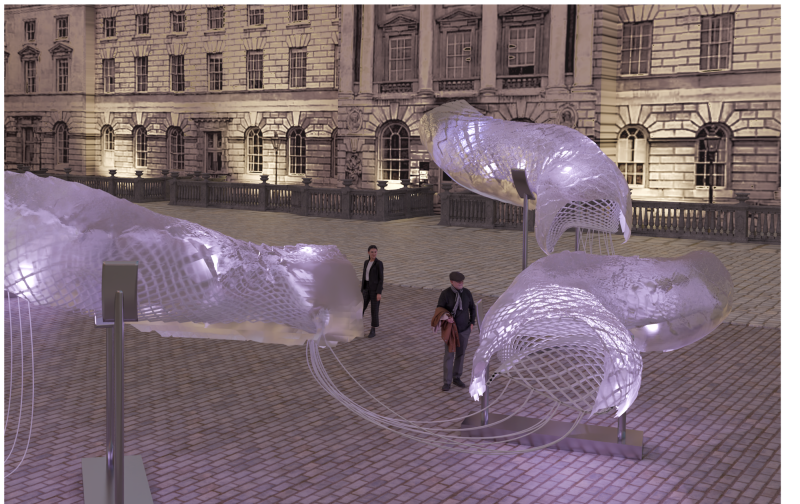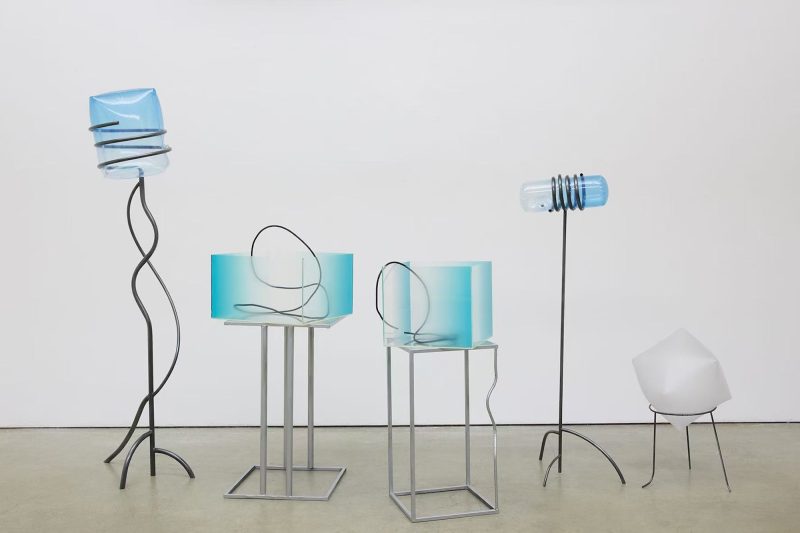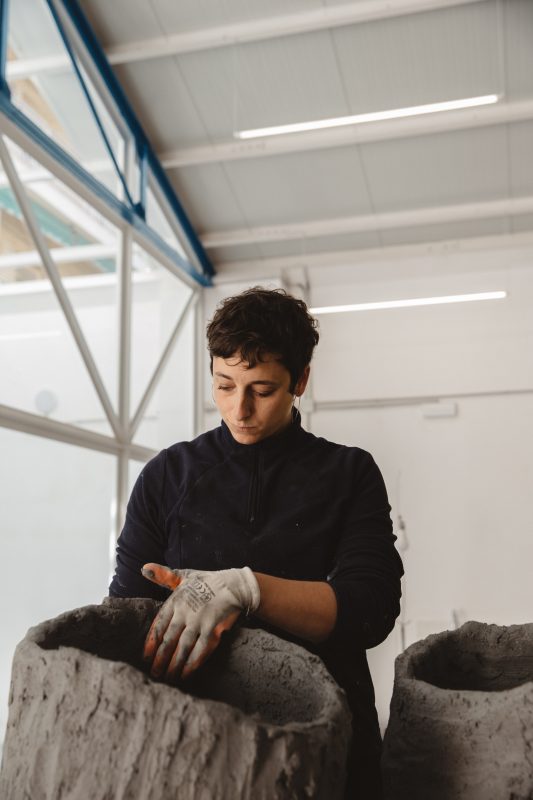Marc Quinn had a triumph last summer. His statue of Alison Lapper, installed on the Fouth Plinth in Trafalgar Square in 2005, was recreated for the opening ceremony of the London Paralympics.
But did the audience applaud the work of art or its message? Quinn has fused the conceptual methods of contemporary British art with generous injections of political correctness and heroic sentiment to create some of the shallowest art of our time. His art is as soulful as a coalition audit.
Now he’s done it again, this time in Singapore.
The Gardens by the Bay in Singapore have just unveiled Planet, a giant white sculpture by Quinn of his baby son that seems to float above the ground. Babies! Paternal love! How can you fault it?
Easy. No problem faulting this. Good feeling is not the same thing as good art. I am delighted that Quinn is soppy about his son, but see no reason why he should share this on such a colossal scale. Art that flaunts its content in an immediately readable way risks vacuity. Shouldn’t there be some ambiguity, even profundity, in art?
The appeal of Quinn, I assume, is that he takes on big, bold subjects with visceral directness. In the first place, there was Self, his self-portrait in frozen blood. This is still his most interesting work, a gory reduction of portraiture to organic essentials. It might have led somewhere dark and original – but instead, it gave birth to manipulative mass-attention-seeking non-masterpieces, such as his portraits of Kate Moss.
Art should challenge us. How does Quinn’s giant floating baby do that? Everyone can see what it is – a bland cocktail of awe and empathy.
Quinn says the sculpture plays on weight (it is made of heavy metal) and the illusion of weightlessness. He talks the talk, but his sculpture does not walk the walk. I don’t believe anyone sees this as being about weight, mass or forces. That’s how we experience real sculpture by Richard Serra or Barnett Newman. All we see when we look at Quinn’s baby is “iconic” content. He effaces the art in art, in a way that makes his simple images accessible to busy people.
His real stroke of genius in Trafalgar Square back in 2005 was to create an image that drivers passing by could respond to. He makes art you can enjoy from your car. Indeed, he makes art you do not need to see. His icons are so reductive, they just stimulate chatter instead of sustained looking.
He is an artist for the information age, because his art is pure information. The trouble is, it’s the interference, white noise and static that makes art interesting. Quinn has clinically cleansed all that poetic mess. He is lethally efficient in his pursuit of the banal.
guardian.co.uk © Guardian News & Media Limited 2010
Published via the Guardian News Feed plugin for WordPress.








